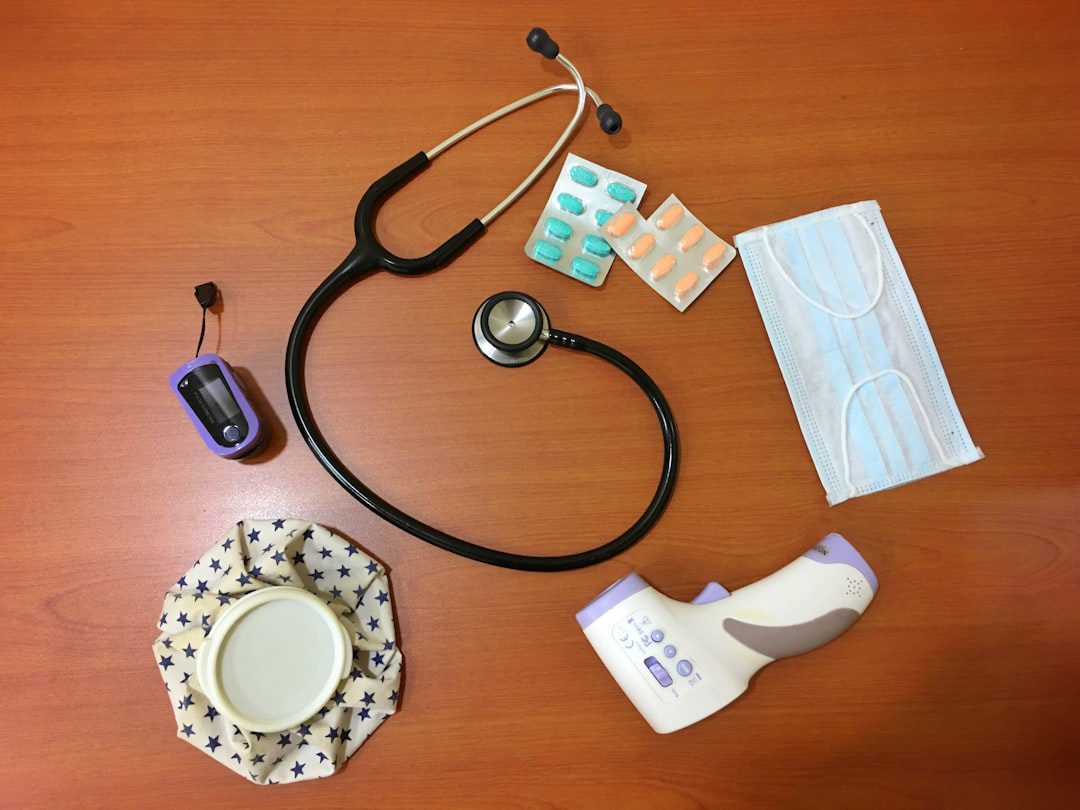
What Happened: FDA Updates Alert on Olympus Endoscope Accessories
The FDA has issued an updated alert regarding a critical safety issue with Olympus endoscope accessories, specifically involving force/irrigation plug components. This communication represents part of the FDA’s Communications Pilot to Enhance the Medical Device Recall Program, demonstrating the agency’s commitment to improving transparency and timeliness in medical device safety communications.
While specific details of the updated alert are being communicated through official FDA channels, this development highlights ongoing concerns with endoscopic equipment accessories that could potentially impact patient safety during procedures.
Why This Matters to Medical Device Manufacturers
This updated alert carries significant implications for the broader medical device industry, particularly manufacturers of endoscopic equipment and accessories:
- Enhanced FDA Communication Strategy: This alert is part of the FDA’s pilot program to improve recall communications, signaling more proactive and frequent safety updates
- Accessory Component Scrutiny: The focus on irrigation plug components demonstrates increased regulatory attention to seemingly minor accessories that can have major safety implications
- Post-Market Surveillance Emphasis: Updated alerts reflect the critical importance of robust post-market monitoring systems
- Supply Chain Risk Management: Healthcare facilities rely on these accessories for routine procedures, making supply disruptions operationally critical
Regulatory Context and Background
Endoscope accessories, including force/irrigation plugs, are typically classified as Class II medical devices under 21 CFR 876.4300. These components are essential for maintaining proper pressure and fluid management during endoscopic procedures. Any malfunction can lead to:
- Inadequate irrigation during procedures
- Potential tissue damage from pressure irregularities
- Compromised visualization affecting diagnostic accuracy
- Increased risk of procedural complications
The FDA’s Communications Pilot program represents a shift toward more immediate and transparent safety communications, moving beyond traditional recall notices to provide real-time updates on emerging safety concerns.
Immediate Actions for Medical Device Manufacturers
Medical device manufacturers should take the following compliance steps:
1. Review Your Product Portfolio
- Conduct immediate assessment of any endoscope accessories in your product line
- Evaluate force/irrigation plug components for similar design or manufacturing issues
- Review supplier relationships if you source similar components
2. Strengthen Post-Market Surveillance
- Enhance monitoring systems for accessory components, not just primary devices
- Implement proactive communication channels with healthcare customers
- Establish rapid response protocols for safety concerns
3. Documentation and Compliance Review
- Ensure MDR (Medical Device Reporting) procedures address accessory-related events
- Review risk management files per ISO 14971 for accessory components
- Update quality management procedures to reflect lessons learned
Long-Term Strategic Considerations
This alert underscores several critical trends affecting medical device manufacturers:
Design Control Enhancement: Manufacturers should strengthen design controls for accessories, applying the same rigor used for primary devices. This includes comprehensive risk analysis, validation testing, and user interface considerations.
Supply Chain Risk Management: Develop robust supplier qualification and monitoring programs, particularly for components that directly interface with patients or affect procedure efficacy.
Customer Communication Protocols: Establish proactive communication systems that can rapidly disseminate safety information to healthcare customers, supporting the FDA’s enhanced communication initiatives.
Moving Forward: Building Resilient Compliance Programs
The FDA’s enhanced communication approach requires manufacturers to be more agile in their compliance responses. Consider implementing:
- Real-time monitoring dashboards for post-market data
- Cross-functional rapid response teams for emerging safety issues
- Enhanced customer feedback loops
- Proactive risk communication strategies
As the FDA continues to evolve its communication strategies through programs like the Communications Pilot, manufacturers must adapt their compliance frameworks to support more dynamic and transparent safety communication requirements.


No comments yet. Be the first to comment!